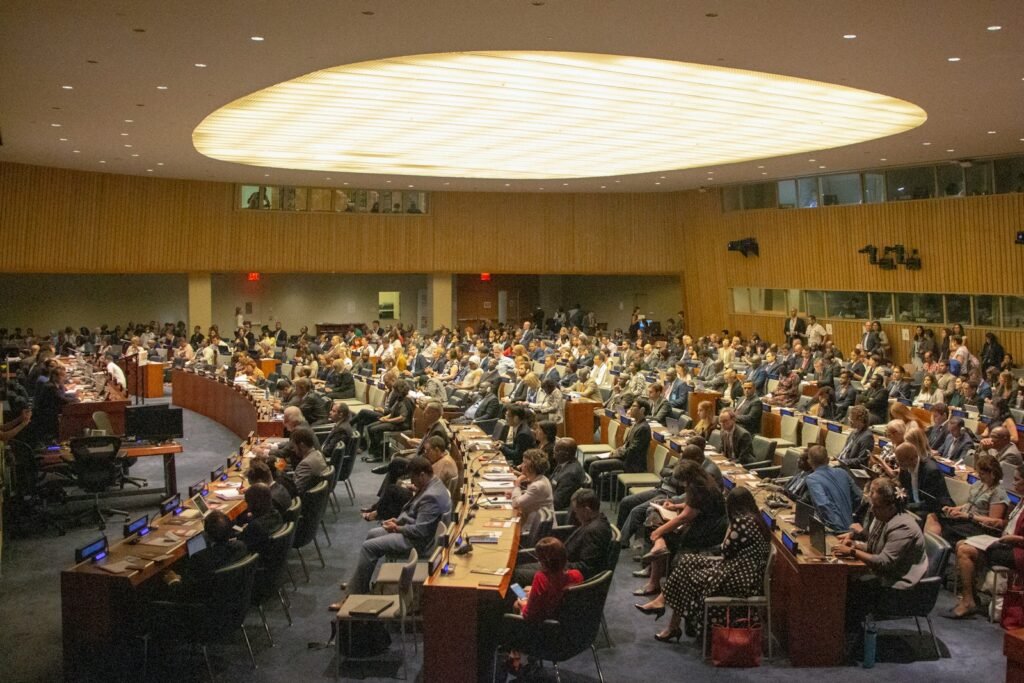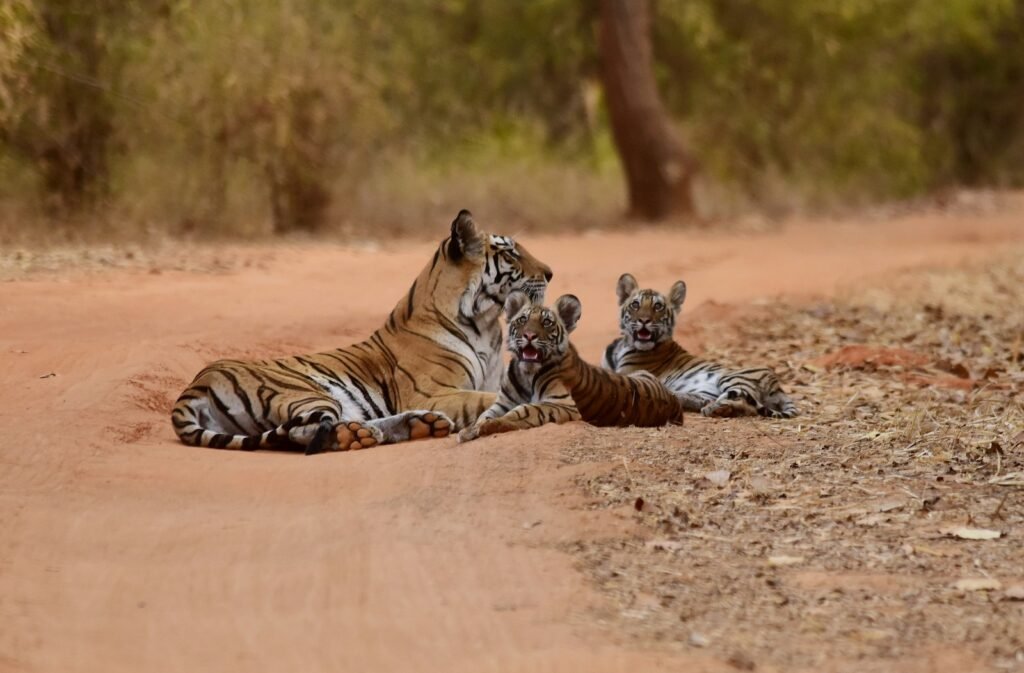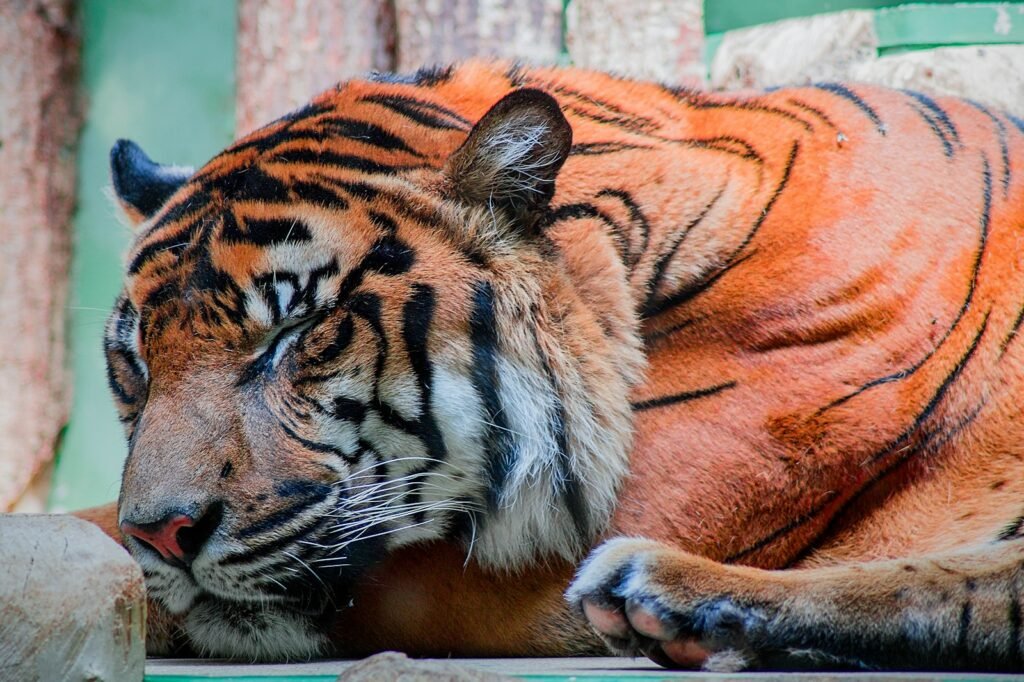The majestic tiger, an emblem of raw beauty and power, is one of the world’s most recognizable and revered species. Yet, despite its iconic status, the tiger is teetering on the brink of extinction due to a rapidly diminishing population. Over the past century, tiger numbers have plummeted by over 95%, leaving only a few thousand in the wild today. Understanding the reasons behind this decline is crucial in galvanizing efforts to save them.
Habitat Loss: The Leading Cause

Habitat loss remains the greatest threat to tiger populations. As human populations expand, forests are cleared to make room for agriculture, urbanization, and infrastructure, which fragments the large territories that tigers need to hunt and breed. Subspecies such as the Sumatran and the South China tiger are particularly affected, as they have limited existing habitats that are continually encroached upon by human activities.
Poaching: A Perilous Threat

The illegal wildlife trade drives the relentless poaching of tigers, fuelled by demand for tiger parts and derivatives used in traditional medicine and as symbols of status. Despite international laws and agreements that prohibit such trade, poaching remains a lucrative enterprise due to lax enforcement and high demand. Innovative solutions are needed to tackle this problem effectively.
Conservation Efforts: Success Stories and Challenges

Conservation organizations worldwide are engaged in efforts to protect tiger habitats, strengthen anti-poaching laws, and promote sustainable tourism. Noteworthy success stories include India’s Project Tiger and Russia’s Siberian Tiger Project, both of which have made significant strides in stabilizing some tiger populations. However, these successes must be replicated across other tiger-range countries to make a lasting global impact.
Role of Technology in Tiger Conservation

Modern technology plays a pivotal role in tiger conservation. Camera traps, drones, and GPS tracking devices are used to monitor tiger movements and habitat use with greater precision. Additionally, conservationists employ predictive models powered by data analytics to identify poaching hotspots and optimize patrol routes, making anti-poaching efforts more strategic and effective.
Community Engagement and Ecotourism

Engaging local communities in conservation efforts is key to sustainable solutions. Ecotourism offers a viable economic alternative that benefits both humans and tigers. By incentivizing local populations to protect tigers, these initiatives turn potential poachers into guardians, creating symbiotic relationships that bolster conservation efforts.
Government Policies and International Collaboration

Strong government policies and international collaboration are imperative in the fight to save tigers. Countries with tiger populations must enforce stringent anti-poaching laws, enhance habitat preservation efforts, and cooperate with international bodies like the World Wildlife Fund and the United Nations to synchronize conservation initiatives across borders.
The Importance of Genetic Diversity

Preserving genetic diversity is vital for the long-term survival of tigers. Conservation strategies must not only focus on increasing population numbers but also ensure genetic variation. Captive breeding programs and wildlife corridors are among the approaches used to achieve this, helping prevent inbreeding and maintaining robust tiger populations.
Challenges and New Threats

Despite ongoing efforts, new challenges and threats continue to emerge. Climate change poses a growing threat to tiger habitats, while human-tiger conflict arises as more communities encroach upon tiger territories. Addressing these dynamic challenges requires adaptive management strategies and continuous monitoring of conservation initiatives.
How Individuals Can Contribute

Individuals can play a significant role in tiger conservation. Supporting reputable wildlife charities, raising awareness on social media, and choosing eco-friendly products are simple yet effective ways to contribute. Education and advocacy are powerful tools for influencing policy changes and encouraging broader community support for saving tigers.
The Future: A Collective Responsibility

The global fight to save tigers from extinction is not just a battle for conservationists but a collective responsibility. Preserving these majestic creatures requires united efforts from governments, organizations, local communities, and individuals. With continued commitment and innovation, it is possible to secure a future where tigers not only survive but thrive in the wild, upholding the rich biodiversity of their ecosystems.

Suhail Ahmed is a passionate digital professional and nature enthusiast with over 8 years of experience in content strategy, SEO, web development, and digital operations. Alongside his freelance journey, Suhail actively contributes to nature and wildlife platforms like Feline Fam, where he channels his curiosity for the Feline into engaging, educational storytelling.
With a strong background in managing digital ecosystems — from ecommerce stores and WordPress websites to social media and automation — Suhail merges technical precision with creative insight. His content reflects a rare balance: SEO-friendly yet deeply human, data-informed yet emotionally resonant.
Driven by a love for discovery and storytelling, Suhail believes in using digital platforms to amplify causes that matter — especially those protecting Earth’s biodiversity and inspiring sustainable living. Whether he’s managing online projects or crafting wildlife content, his goal remains the same: to inform, inspire, and leave a positive digital footprint.






